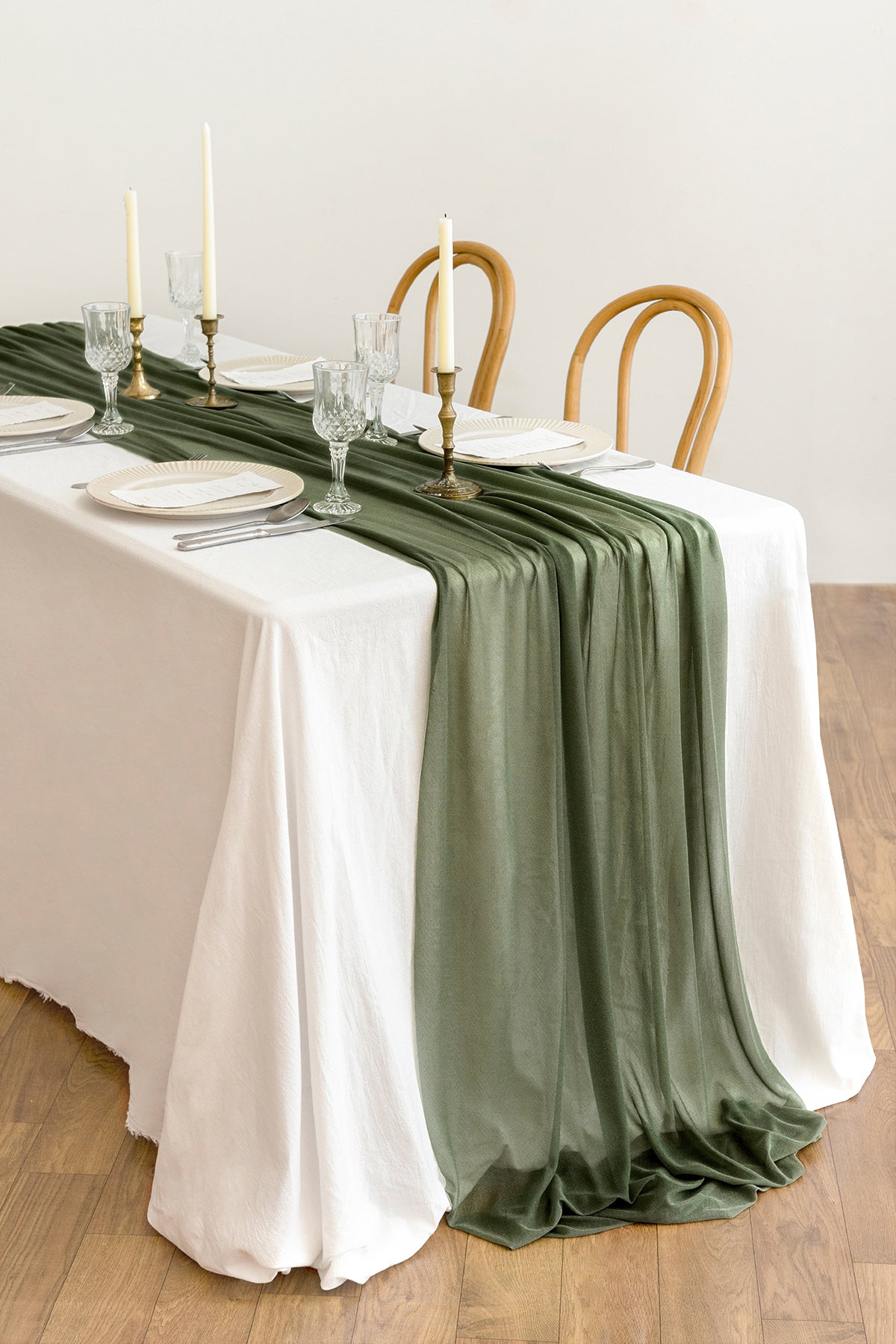Beautiful Table Cloths: Enhance Your Dining Room Decor
Beautiful Table Cloths: Enhance Your Dining Room Decor
Blog Article
Bed Linen Textile Innovations: Checking Out Modern Trends and Creative Applications in Style and Fabric Sector
From lasting manufacturing techniques to innovative weaving innovations, the evolution of bed linen is improving the landscape of the textile industry. As we delve right into the realms of creative design applications and the emergence of bed linen blends and crossbreed fabrics, a new phase unfolds in which linen's duty in future textile advancements takes center phase.
Lasting Practices in Linen Production
Lasting methods in linen manufacturing have become significantly vital in the textile sector's initiatives to reduce ecological effect and promote moral sourcing techniques. Linen, an all-natural fiber originated from the flax plant, supplies a series of benefits such as biodegradability, durability, and breathability. Nevertheless, traditional approaches of linen manufacturing can involve considerable water intake, pesticide use, and energy-intensive procedures.
To deal with these obstacles, many textile makers are taking on sustainable methods throughout the bed linen manufacturing process. This includes sourcing flax from natural ranches that avoid unsafe chemicals and chemicals, carrying out water-efficient retting strategies to essence fibers from the flax stalks, and utilizing eco-friendly dyes and finishes. Furthermore, some business are investing in renewable resource resources to power their manufacturing facilities and decreasing waste via recycling and upcycling campaigns.
Technological Developments in Bed Linen Weaving
With the expanding focus on lasting techniques in linen production, the fabric sector is now seeing a surge in technological improvements specifically aimed at transforming the art of linen weaving. These advancements are improving the means bed linen textiles are generated, offering enhanced effectiveness, high quality, and imagination in weaving methods.
Among the vital technical innovations in bed linen weaving is the combination of electronic looms. These sophisticated looms are furnished with software that permits intricate and complex designs to be woven with precision. By digitizing the weaving process, manufacturers can achieve better uniformity and accuracy in their linen fabrics.
Furthermore, advancements in thread spinning modern technology have actually allowed the production of finer and more sturdy bed linen yarns - table cloths. This results in softer and smoother linen materials that retain their top quality also after several uses and cleans
Furthermore, the development of environmentally friendly dyeing procedures and surfaces for linen textiles is getting traction. These sustainable techniques not only reduce the ecological effect but additionally satisfy the enhancing consumer need for ethically produced fabrics.
Creative Style Applications for Linen
Innovative creative strategies are increasingly forming the creative style applications for bed linen in the fabric industry. Linen's natural visual allure and ability to blend with other materials make it a favored choice for creating special garments and devices that cater to the eco conscious consumer.
Furthermore, developers are explore bed linen in home decor, utilizing its durable and breathable nature to craft trendy home furnishings such as curtains, bedding, and upholstery. The texture and drape of bed linen bring a feeling of sophistication and comfort to interior areas, including a touch of style to modern-day homes.

Linen Blends and Crossbreed Fabrics

Hybrid textiles, on the other hand, take the concept of mixing an action better by incorporating added components such as metallic threads, recycled products, or conductive fibers. These cutting-edge textiles not just expand the layout possibilities yet likewise present practical aspects like conductivity, antimicrobial buildings, or enhanced durability. Crossbreed textiles are progressively being used in various sectors, consisting dig this of fashion, interior decoration, and technical fabrics, where the demand for multifunctional products is on the rise.
Bed linen's Duty in Future Textile Innovations

In the realm of future textile innovations, bed linen is expected to be a principal in the growth of innovative functional fabrics. Developers and scientists are exploring ways to boost linen's inherent top qualities through technical developments, such as including wise fabrics, nanotechnology, and performance coatings. These developments intend to elevate bed linen's efficiency characteristics, making it ideal for a wider array of applications, from activewear to protective apparel.
Furthermore, the mix of Related Site bed linen with other all-natural or artificial fibers opens up limitless opportunities for creating unique fabrics with distinct buildings and functionalities. By leveraging bed linen's features and discovering innovative blends, the textile sector is positioned to introduce exciting developments that provide to progressing consumer needs and sustainability requirements.
Verdict
Finally, the exploration of sustainable techniques, technical developments, creative layout applications, bed linen blends, and its function in future textile technologies highlight the constant development of linen textile in the contemporary design and fabric market. With an emphasis on advancement and imagination, the versatility and eco-friendly nature of bed linen make it a useful material for makers and designers alike, leading the way for more advancements and developments in the area of textiles.
As we dive right into the realms of innovative design applications and the appearance of linen blends and crossbreed materials, a brand-new chapter unravels in which bed linen's duty in future fabric technologies takes center phase.
Exploring the combination of bed linen with various other materials has led to the emergence of innovative blends and hybrid fabrics in the contemporary textile sector. Linen blends use an unique combination of the features of linen with those of other fibers, resulting in textiles that have improved homes such as enhanced resilience, improved draping, and lowered wrinkling.The development of linen blends and crossbreed materials has set the phase for Linen to play a critical function in driving future fabric developments.In the world of future fabric technologies, linen is expected to be an essential gamer in the growth of innovative useful fabrics.
Report this page